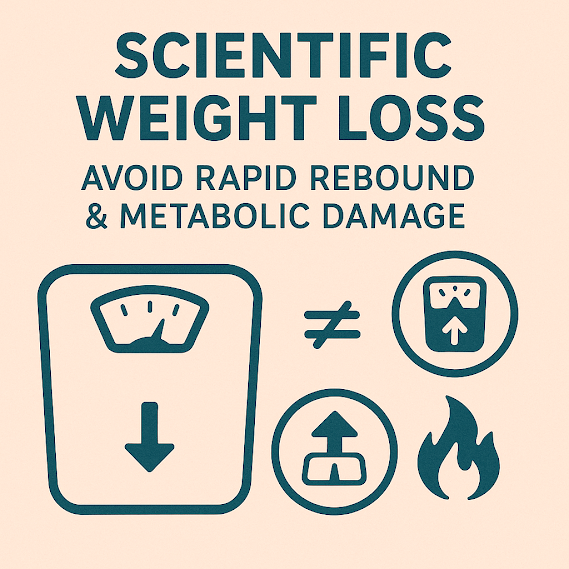5 Common Myths About Skipping Rope for Weight Loss
Myth 1: Skipping Rope Causes Stomach Prolapse?
With a history spanning over 1,000 years, skipping rope is a time-tested exercise. If it truly caused stomach prolapse, wouldn’t countless people suffer from it? While skipping is intense, it’s safe as long as you avoid jumping immediately after meals. We recommend skipping between 3 PM and 8 PM, waiting at least 1 hour after eating, and limiting sessions to 30 minutes.
Myth 2: Skipping Rope Reduces Breast Size?
The vigorous bounce during skipping might make you worry about losing breast volume. In reality, skipping burns excess fat while strengthening the pectoral and gluteal muscles, enhancing firmness and shape. It also trims shoulder and back fat, creating a more balanced silhouette. Note: Always wear a supportive sports bra to prevent sagging.
Myth 3: Skipping Won’t Cause Thick Calves?
Prolonged skipping can tighten calf muscles, leading to temporary stiffness. Without proper post-workout relaxation, chronic tension may result in bulky calf muscles. Solution: After skipping, stretch thoroughly, massage your calves, and do flexibility exercises to maintain lean muscle tone.
Myth 4: You Must Use a Rope to Skip?
Accidental rope slaps can leave marks, but you don’t need a physical rope to benefit! Mimic the jumping motion and maintain the same intensity for 30+ minutes. The key is consistency and proper form.
Myth 5: Skipping Suits Everyone?
Overweight individuals (BMI ≥30) should avoid skipping, as the impact strains joints. Calculate your BMI:
BMI = weight (kg) / [height (m)]².
- Normal range: 20–25
- Overweight: 25–30
- Obese: ≥30
If your BMI exceeds 30, opt for low-impact exercises like walking, swimming, or jogging.
How to Skip Rope Effectively for Weight Loss
Set clear goals and follow proper techniques:
1. Set SMART Goals
- Duration: Start with 10 minutes daily, gradually increasing to 30 minutes. Break sessions into 3-minute intervals.
- Pace: Maintain a steady rhythm; avoid overexertion to sustain energy.
- Weight Loss: Track progress weekly and adjust your plan based on results.
2. Proper Technique
- Breathe steadily and rhythmically.
- Keep your upper body stable; avoid swaying.
- Stay relaxed and coordinate movements smoothly.
- Begin with two-foot jumps, then transition to alternating feet.
- Jump just high enough to clear the rope—no need for excessive height.
With these tips, skip your way to a leaner, healthier body!
Translated by Science Weight Loss Network










Comments
Post a Comment